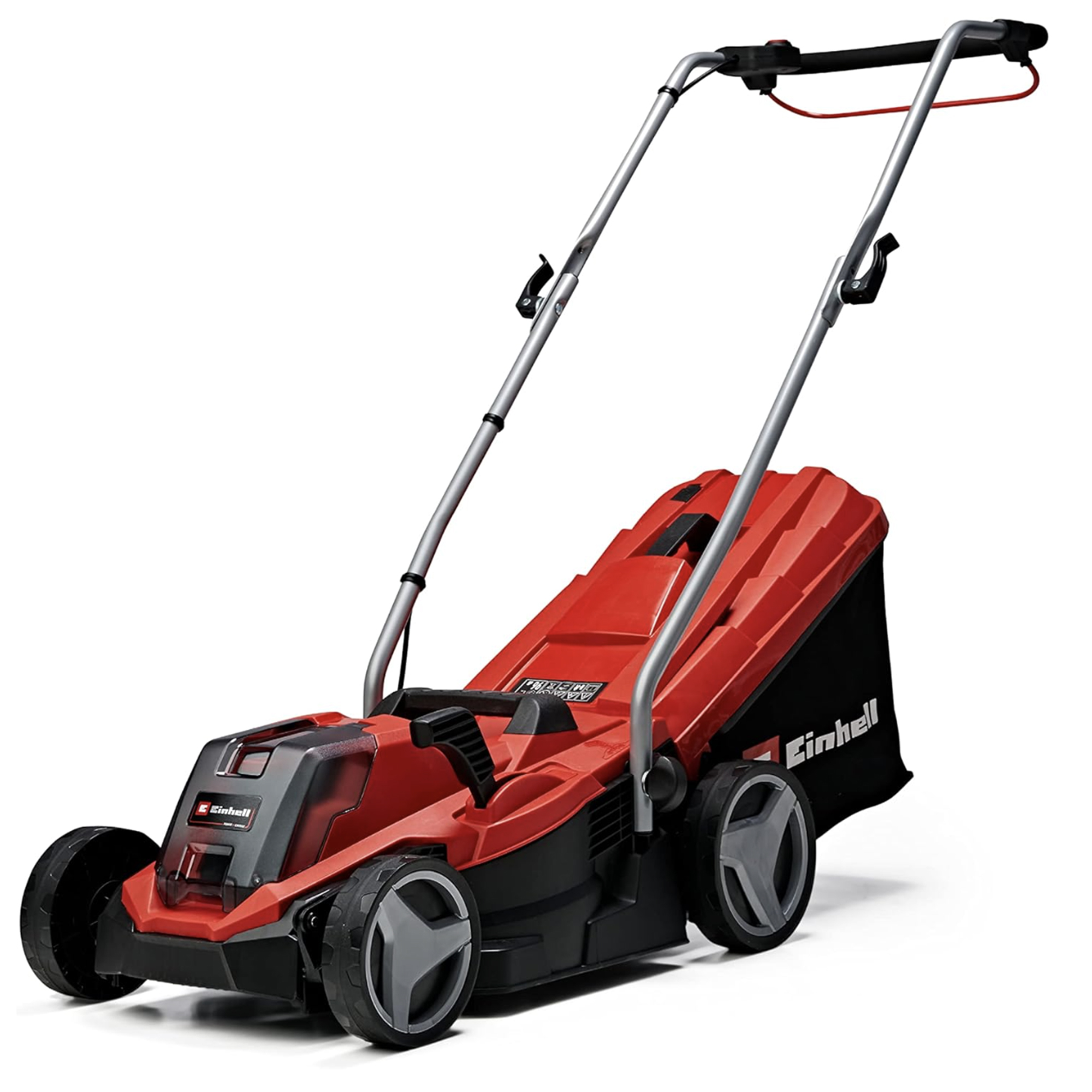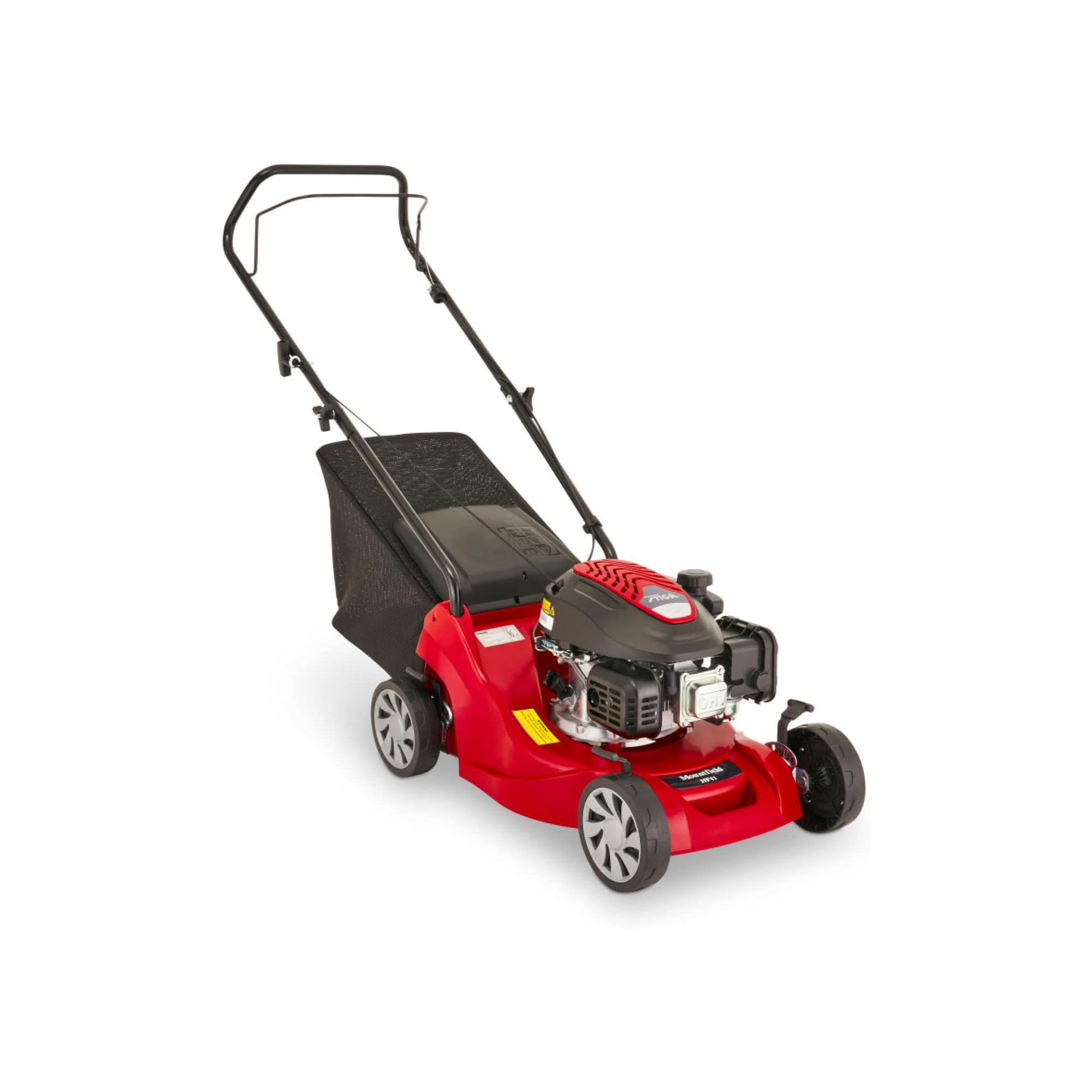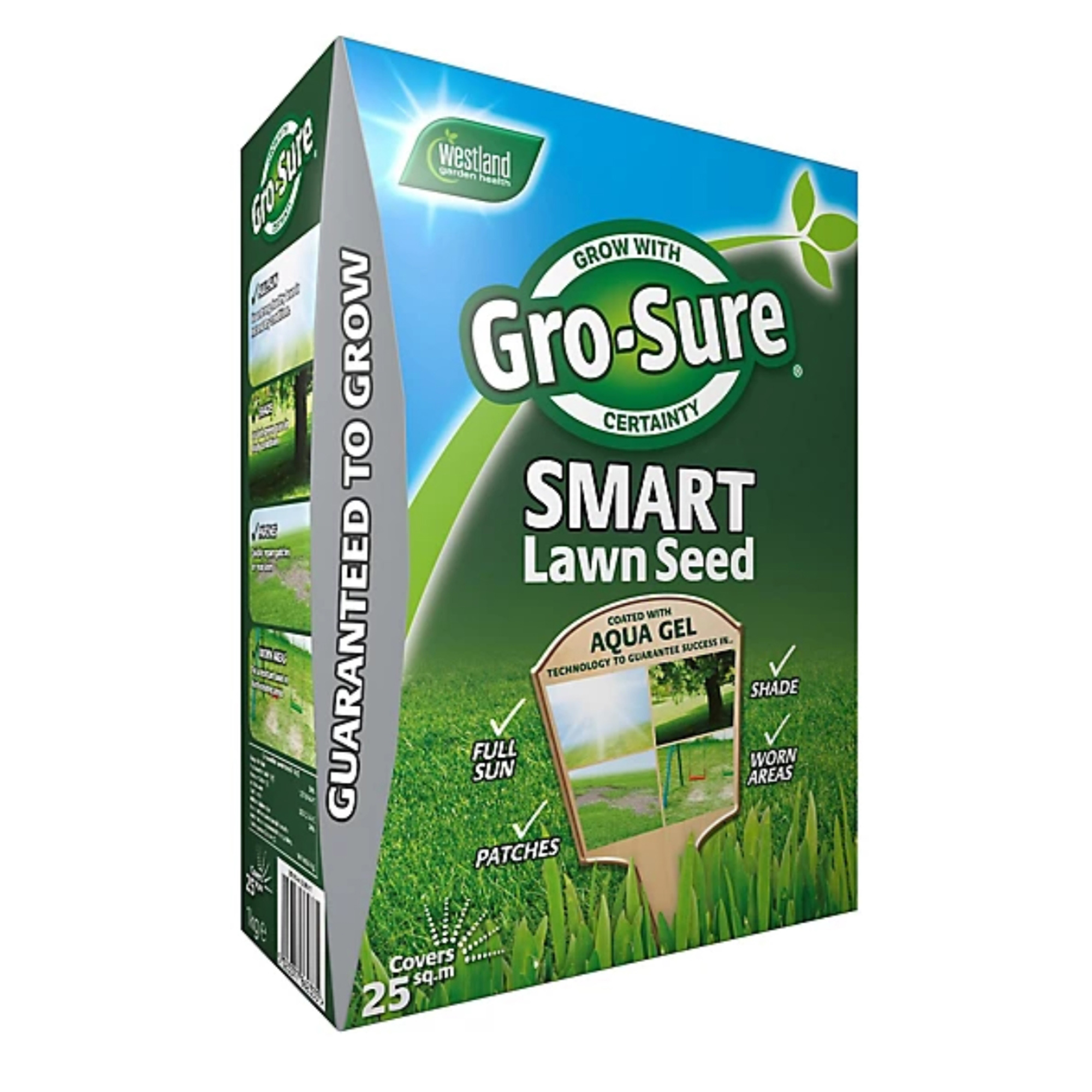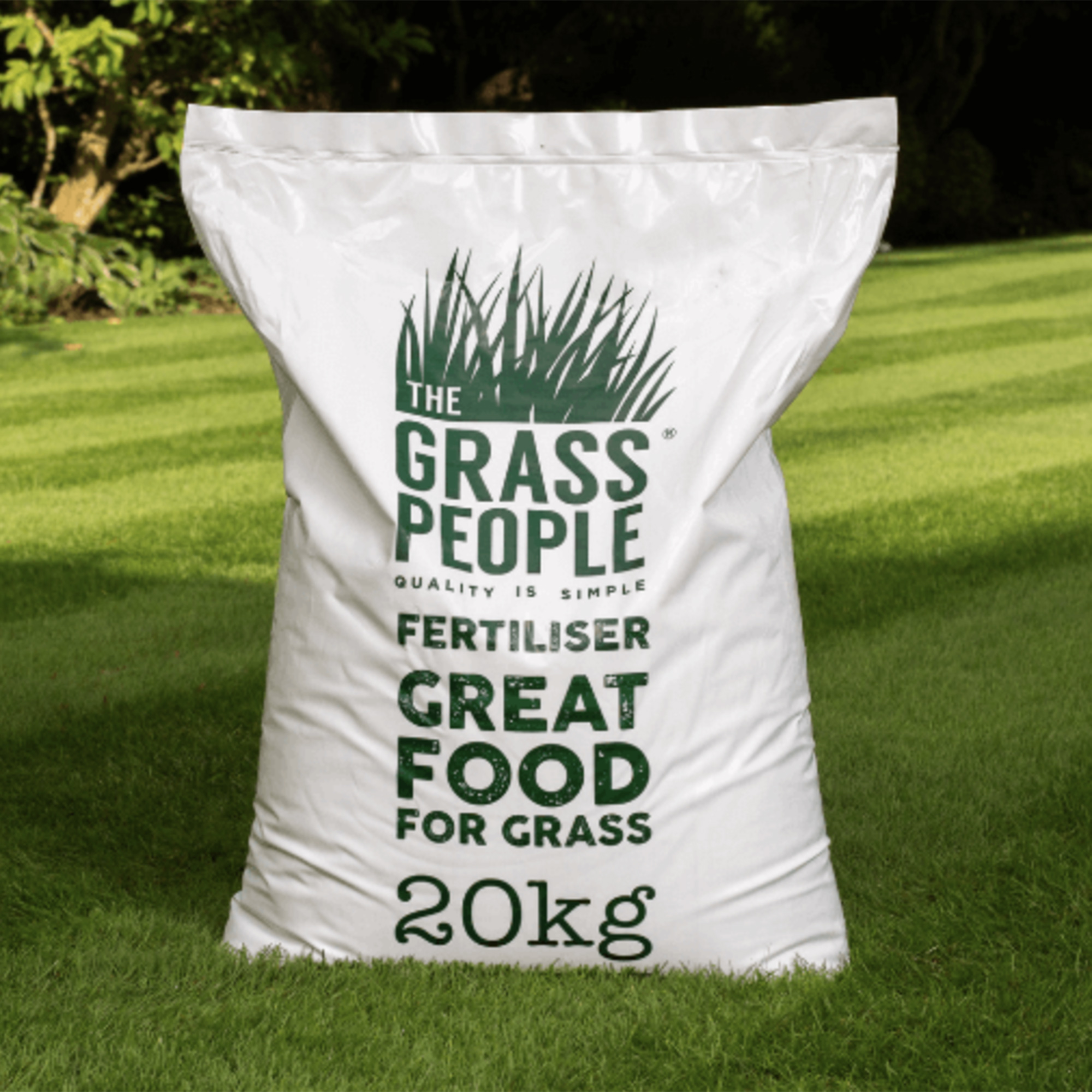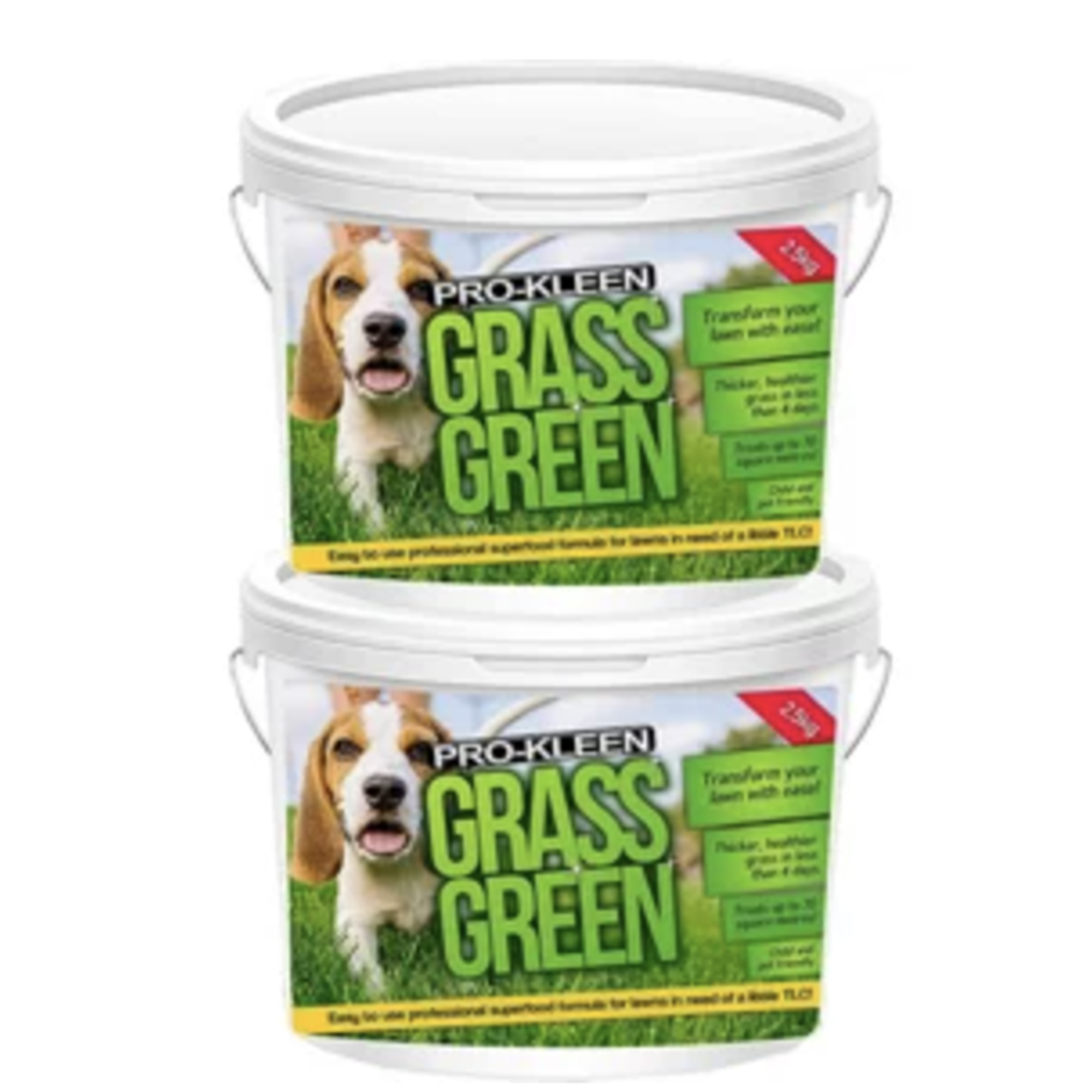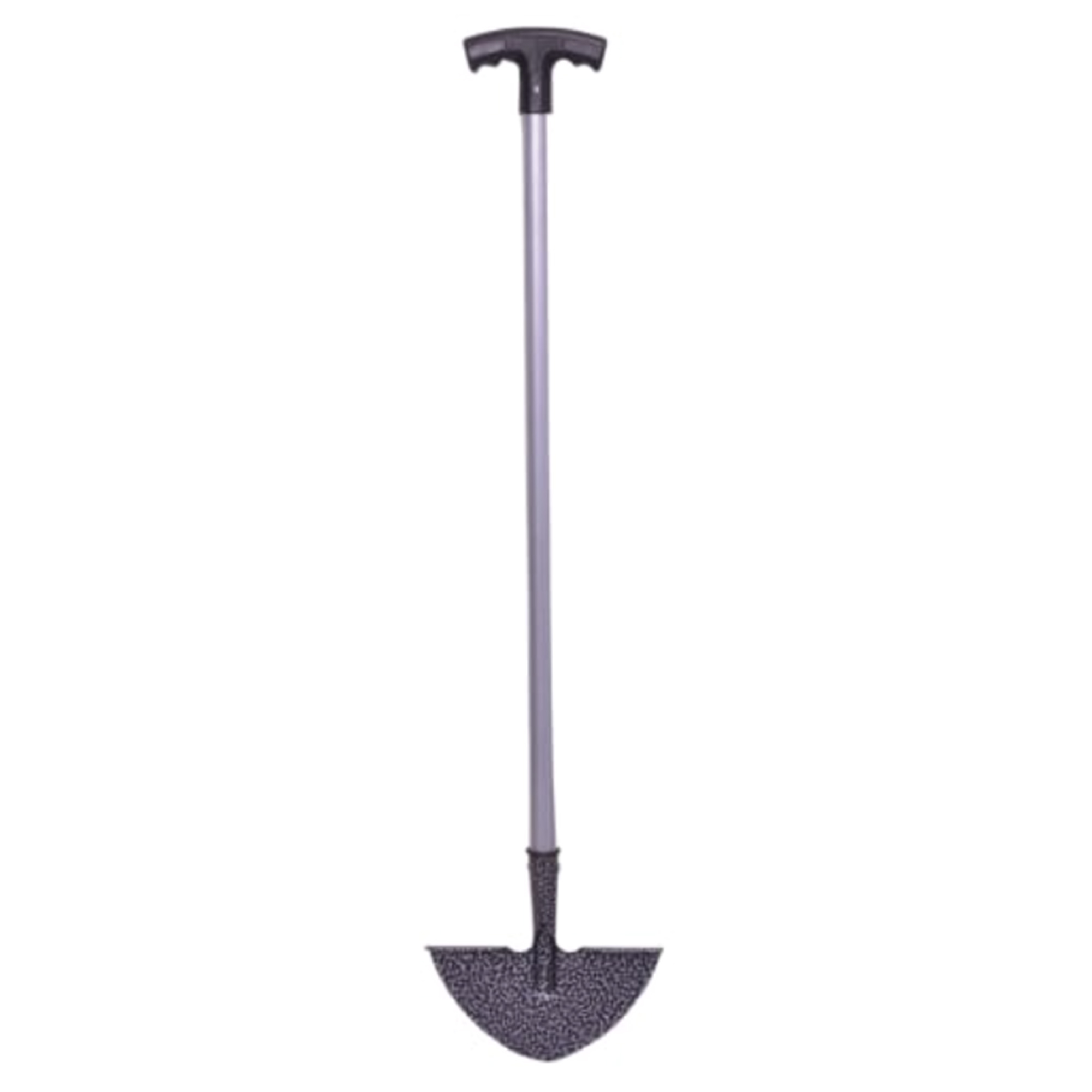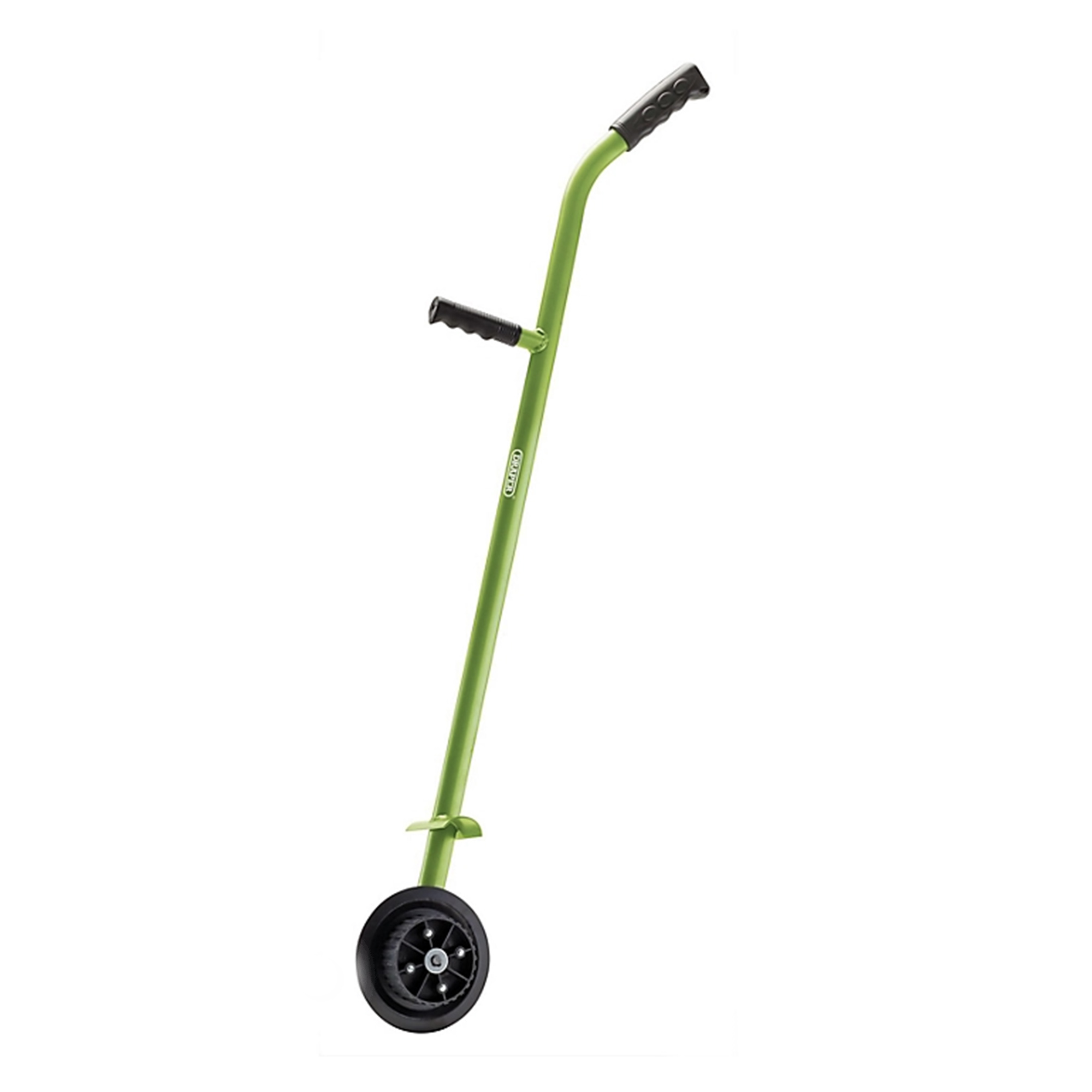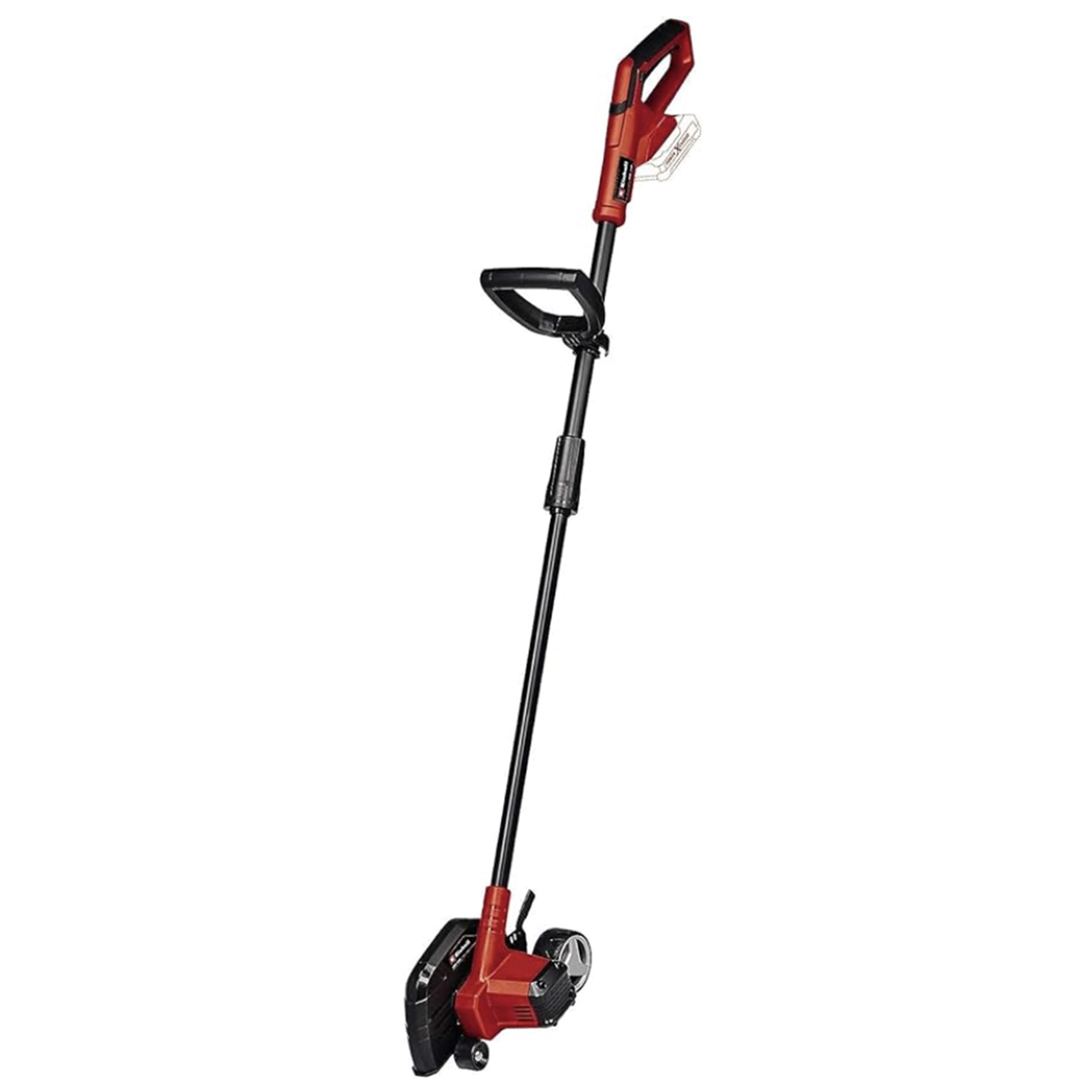Ultimate lawn care guide — experts share their essential tips for lawn health
Revive your lawn with the help of the experts, from mowing advice to weeding tips
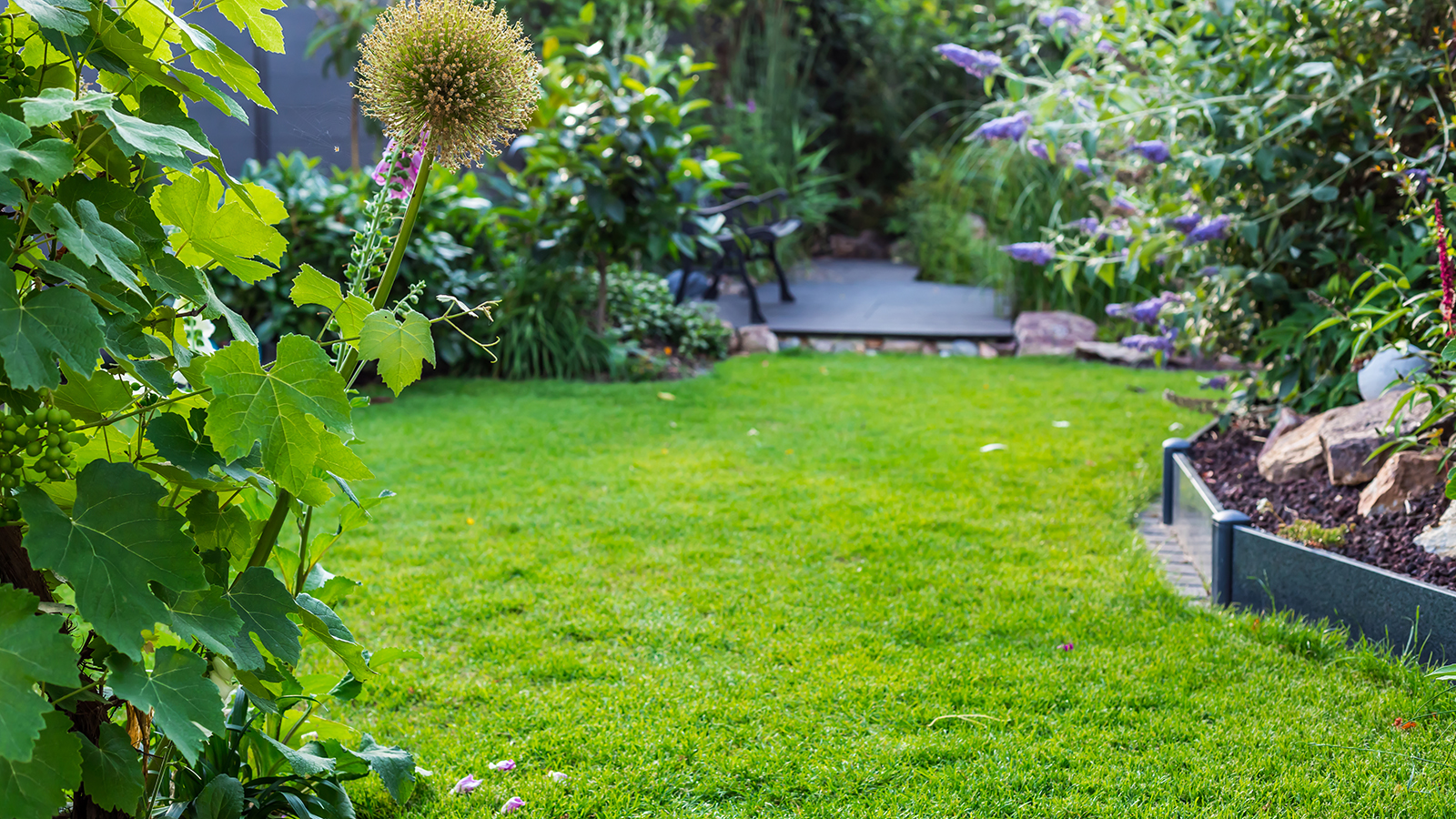
Getting your lawn care right could be the best thing you've ever done for your garden. If you've previously struggled with maintaining a healthy lawn, it's important to look at the reasons why it's failing.
Ensure you are using a native species, fit for the UK climate. Your soil is key to the success of your lawn, so understanding the condition of your soil is vital. If you have poor soil then you may need to look at improving this by aerating, and enriching it with organic matter before attempting any lawn ideas.
Once you have grass growing happily, you'll be able to keep it going with these expert lawn care tips.
9 ways to revive your lawn and keep it healthy
There's no such thing as guaranteed success when it comes to lawns. But there are universally agreed-upon care tips which will help give you the best chance for success.
1. Mow your grass regularly
Keeping your grass at a good length is key to lawn health. Cutting it too short (less than 25mm) leaves it vulnerable to moss and weeds. Too long and you make the job of mowing much harder when it comes around. And unless you're going for a wild look, it can start to look a little untidy.
"As a general rule of thumb you never want to cut off more than one-third of the lawn’s length," says Chris Bonnett, founder of Gardening Express.
"How often you mow depends on the weather and time of year. Generally speaking in Spring and Summer you’ll want to mow the lawn around every one to two weeks. But if the weather hasn’t been great you might find grass growing slower than usual," says Chris.
Bring your dream home to life with expert advice, how to guides and design inspiration. Sign up for our newsletter and get two free tickets to a Homebuilding & Renovating Show near you.
You should avoid cutting wet grass. "Wet grass blades are slick and tough to slice, creating an uneven shred (at best) rather than the clean cut which is healthier for the grass," says Cheryl Harper of Greensleeves Lawn Care.
"You’ll also get areas of poor growth and increase the chances of the lawn succumbing to various diseases. For the healthiest lawn, it’s best to wait until the grass has had a chance to dry before you start mowing," says Cheryl.
The best time to mow a lawn is later on in the day when the morning dew has dried up.
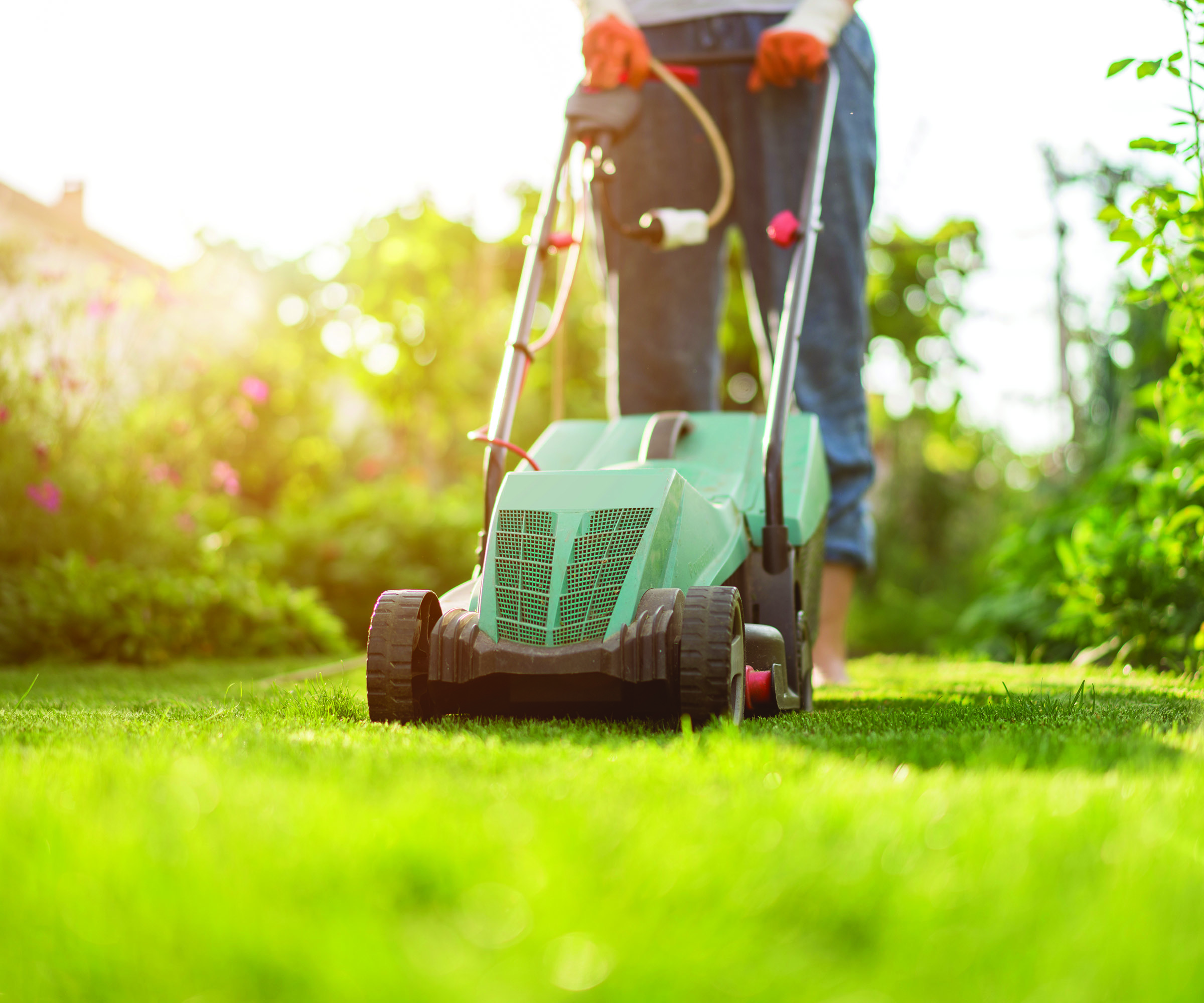
Shop lawnmowers
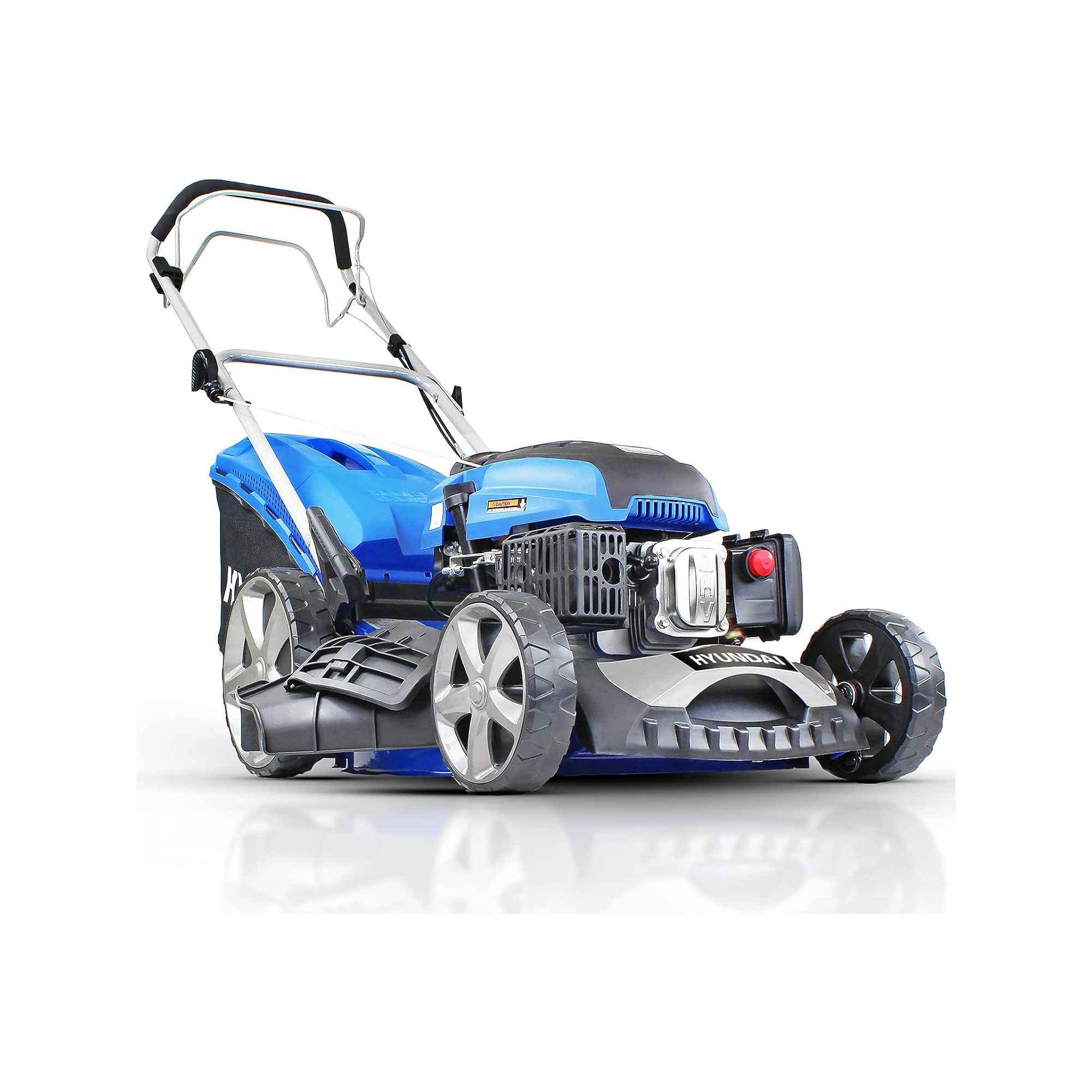
This Hyundai 196cc Petrol Lawnmower is an electric start petrol lawnmower which means it has a contactless ignition system, is easy to start and easy to control over the large back wheels using the rear mounted handle, making it a good low-effort option.
2. Aerate your lawn's surface
"Aerating the lawn is essentially creating small holes in the soil to allow airflow, water and nutrients to reach the roots," says Chris Bonnett. "Spring is a great time to aerate the lawn, ideally you want to do this a couple of days after rainfall so the soil is slightly moist, making it easier to create the holes," he says.
"All of this helps your lawn to be healthier, less compact, and more able to combat weeds, lawn disease, and extremes in temperature. Lawns that have hard or clay soils should be aerated yearly, but in most cases, this can be done every two years," says gardening expert Lucie Bradley, at Two Wests & Elliott.
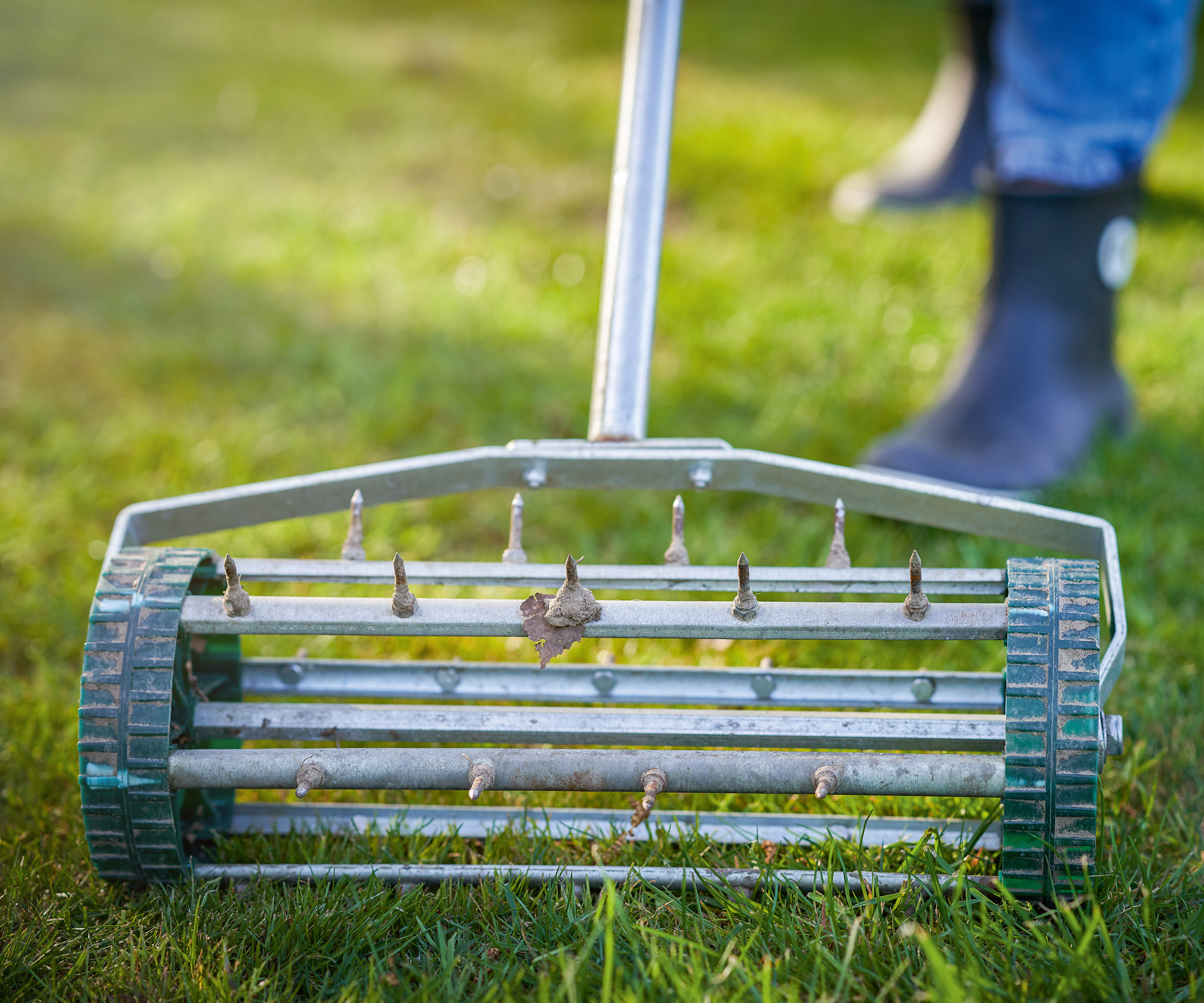

Chris Bonnett is the founder of online garden centre GardeningExpress and has been in the horticulture industry for over 20 years.
3. Scarify your lawn to prevent moss and thatch
“Scarifying is the process of cutting and pulling up the layer of thatch build-up, which consists of organic matter such as matted grass and moss, as well as lightly cutting tiny vertical holes into the lawn. This allows air, water, and nutrients to reach the grass and promote growth," explains Paul Hicks, Product and Marketing Manager at STIHL GB.
“Dethatching is less aggressive than scarifying a lawn, removing just the surface layer of thatch that has built up," says Paul. You shouldn't scarify your lawn more than twice a year, once in spring and again in September if needed.
Paul recommends waiting until your lawn has been mown three or four times since the start of the year. However, if you’re looking for the best time to scarify a new lawn he advises making sure you wait until there’s sufficient growth or you could damage your lawn’s young root system.
"Ideally, you’d wait three years from laying your lawn before you first scarify," says Paul.
“Temperatures should be consistently above 10°C, which means your lawn will be growing well enough to withstand the job. However, if temperatures get significantly hotter than 10°C, wait until they drop again before you scarify to ensure your lawn doesn’t dry out.

Paul is the Marketing and Product Manager for STIHL GB, having worked at STIHL for nine years, and is responsible for the full product range of garden tools

4. Overseed bare patches
"Overseeding helps to fill out any bare and thin spots in your lawn. It can help it appear thicker and enhance the overall appearance of your garden," says Chris Bonnet.
"First mow the lawn and remove any dead grass and debris with a rake. Before overseeding you’ll also want to aerate the lawn to allow the seeds to reach the soil better. Then lay down your seeds and lighter water the lawn," he says.
If you need to overseed a lawn, David Hedges Gower, chair of the Lawn Association advises that you should also look at the reason why it might need new seed.
"In most cases, people overseed with the same species that failed. Therefore, the merry-go-round will continue every year. Use a native mixture that will help spread (the natural way bents and fescues grow) so that in future, bare areas are covered up by existing grasses," says David.

David is one of the UK's leading lawn experts, with over 30 years' experience in the industry. He is Chairman of the Lawn Association, an educational platform for homeowners and professionals, and founded the world's first lawn care qualification.

Shop grass seed
5. Keep weeds at bay
"Weeds are a common nuisance and can make a lawn look overgrown and unsightly; they may also damage the overall health of the lawn due to their absorption of nutrients and space," says Richard Ferguson of Hozelock UK.
“When it comes to weed removal, to ensure the health of the grass, it is best to steer away from chemical weed killers as this will destroy the roots, potentially causing further damage, and problems later down the line," he says.
“You can remove weeds by hand or using a hoe or fork, but these methods can be time and labour-intensive and don’t kill the root, making them prone to growing back," says Richard.
Try Hozelock Green Power Evolution Thermal Weeder at Robert Dyas, which works by shocking the plant directly at 600°c, destroying the cells and weeds.
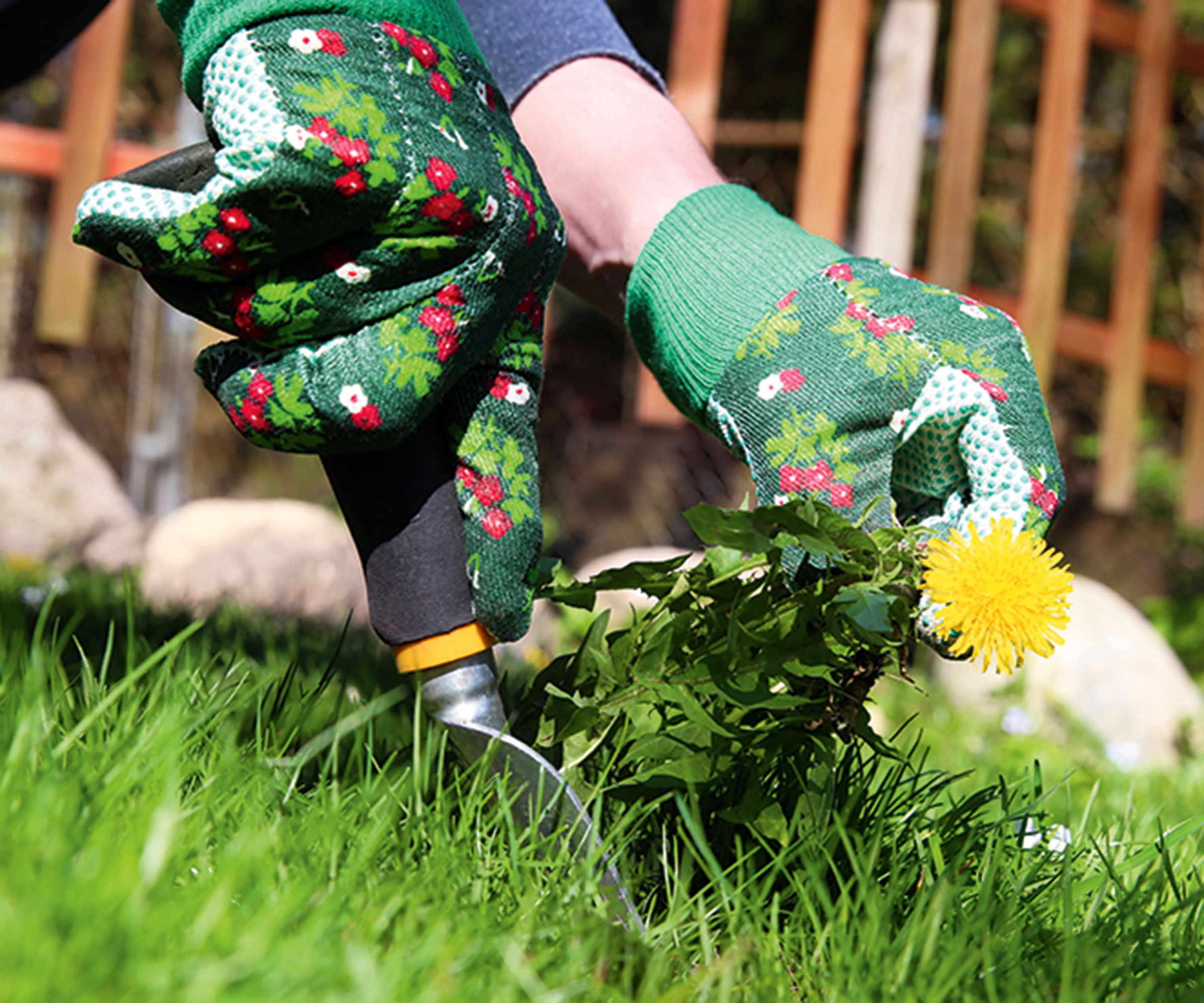

International Marketing Manager at Hozelock UK who have been masters in garden product innovations for over 65 years.
6. Water only when needed
“Watering your lawn is one of the most vital things you can do to ensure that your lawn is healthy, green and thriving. The question of how much and how often will depend on a number of factors, such as the time of year, whether it is an established lawn and how much rainfall there is," says Richard Ferguson.
"Typically, I would recommend avoiding watering in late autumn, winter and early spring months as this is when there is a high amount of rainfall and low levels of evaporation."
“It is best to stick to a watering schedule in the warmer months, particularly when it is dry, as the lack of water may cause the lawn to look parched and brown. Established lawns will go back to their healthiest form quickly, so stick to light watering at first to avoid drowning."
“I would also always recommend watering first thing in the morning, preferably before 10am, as the temperatures are cooler at this time, giving the water the best chance to absorb into the soil," says Richard.
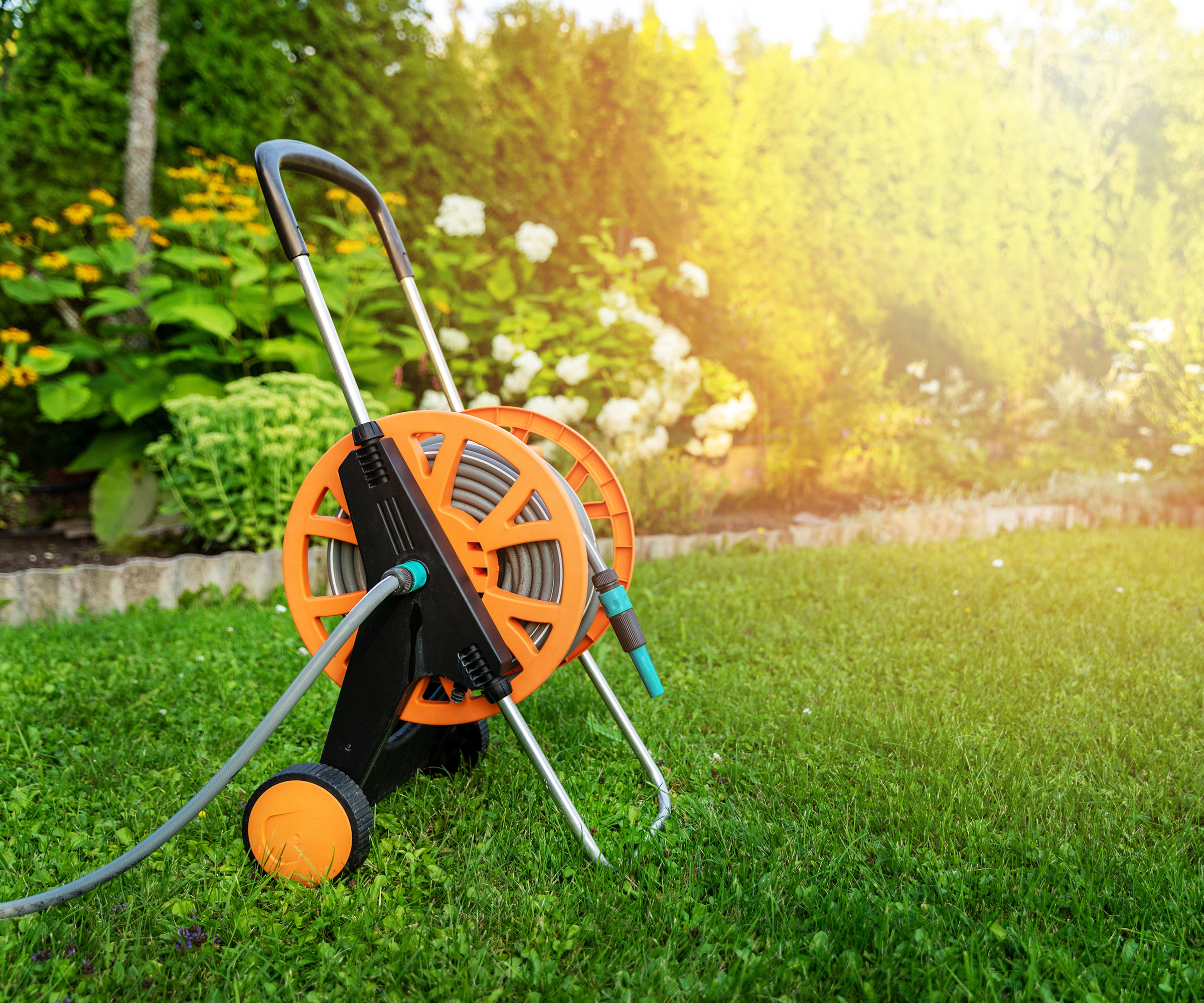
7. Nourish your lawn with fertiliser
"Applying a spring fertiliser will not only nourish your lawn with essential nutrients but also fortify it against pests and diseases," says Cheryl Harper.
According to Lucie Bradley, you want to fertilise your lawn every six months to help promote its growth and maintain its health and colour.
"The best times to fertilise a lawn are during Springtime (March or April) and Autumn (September or October). Both of these feeds will help to set the grass up for harsher weather conditions and temperatures whether these be higher or lower temperatures," says Lucie.
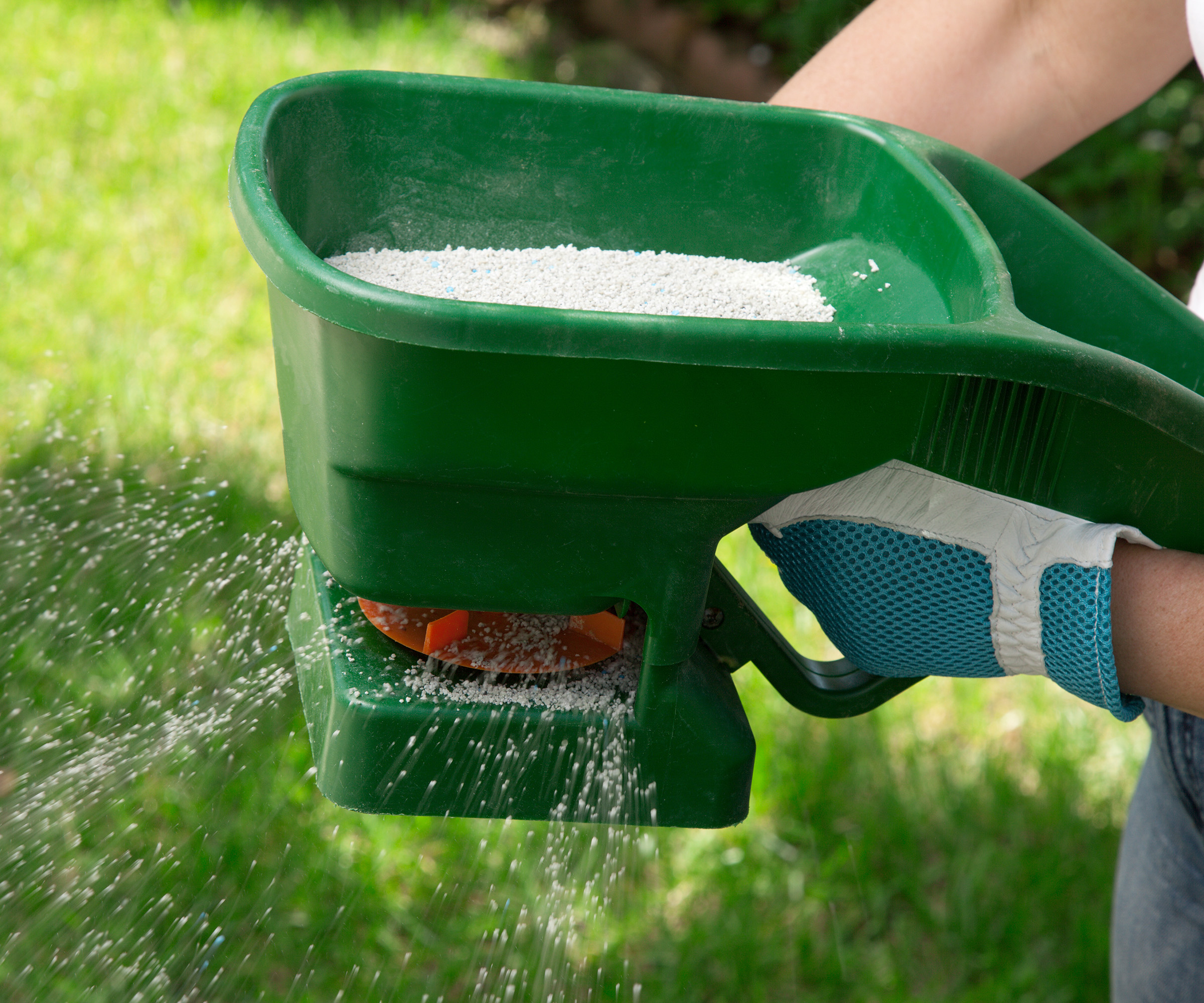
Shop lawn fertiliser
8. Keep the edges neat
“Throughout spring, homeowners will notice that their lawns will start growing at a faster rate, and for some, this might feel unruly and untidy. Lawn edging is one of the best ways to achieve an orderly and neat look in your garden; this can be as simple as trimming the grass where it meets the patio, path, or stone borders," says Johanna Elvidge, Head of Domestic Design at Marshalls.
"There are so many other DIY lawn edging ideas that you can use as inspiration for your project. This could include a grey gravel border or wood-edge raised beds. The latter is relatively easy to achieve with thin strips of wood and looks quite simplistic and neat. If you want a more creative and colourful look, you could then brighten your wood-edged design with a splash of bright paint,” says Johanna.

Johanna is a talented landscape designer with more than 20 years’ experience working in the construction industry. She holds a Masters in Landscape Architecture from Leeds Beckett University and is Head of Domestic Design at Marshalls.
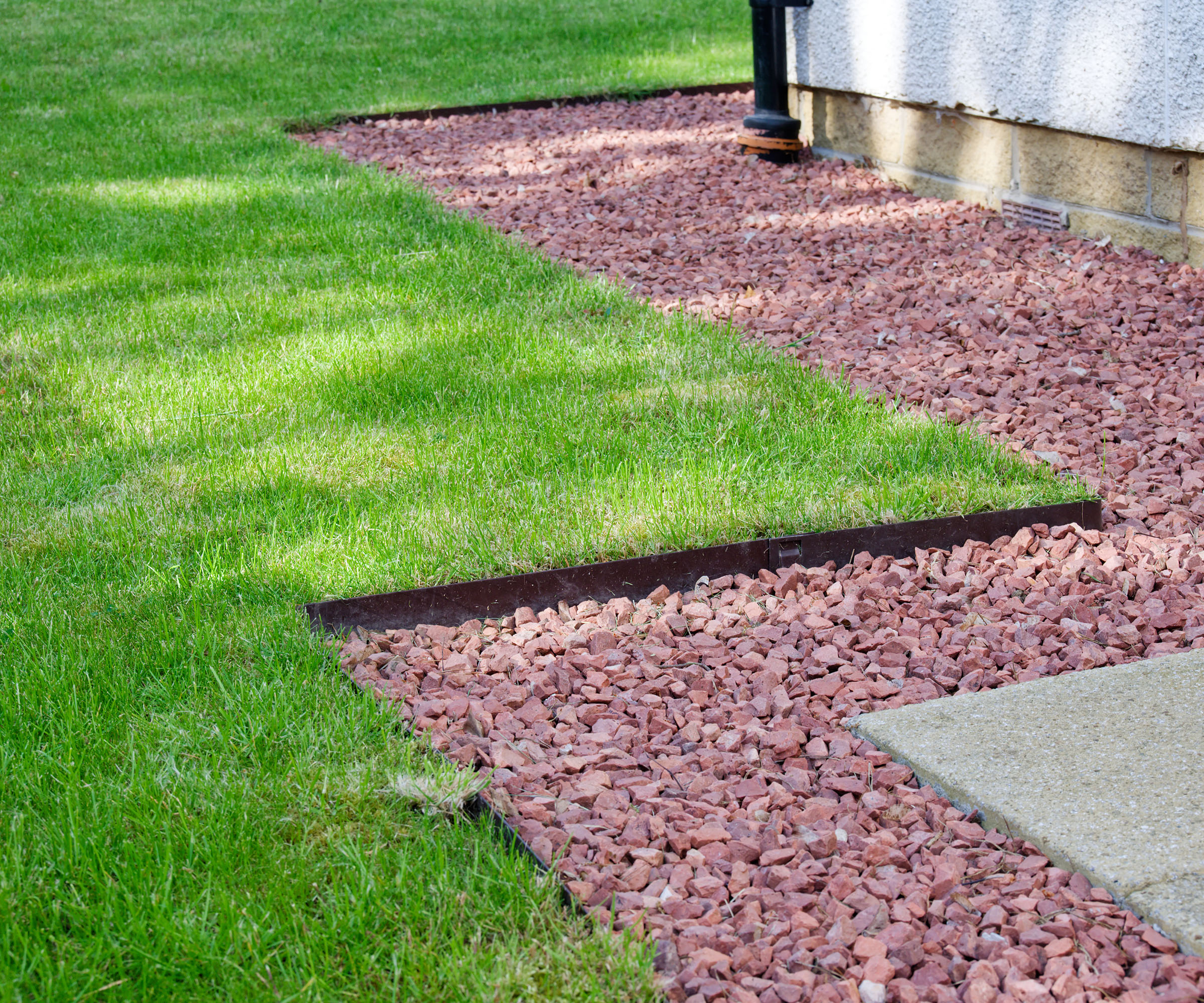
Shop lawn edging tools
9. Keep your tools in good condition
"A dull lawn mower blade can actually damage a lawn. Rather than cleanly slicing the grass tips a dull blade can cause rough cuts that can tear the grass sods out of the ground completely creating bald patches," explains Claire Baglin from Toolstation
"There are three tell-tale signs that you need to sharpen lawnmower blades: If there is any damage beyond slight dents or scratches it’s best practice to replace the blades."
"You should also wipe down your mower after each use to prevent any build-up of grass clippings which can cause rust. Make sure the mower is unplugged or completely switched off from its power source before cleaning the underside," she says.
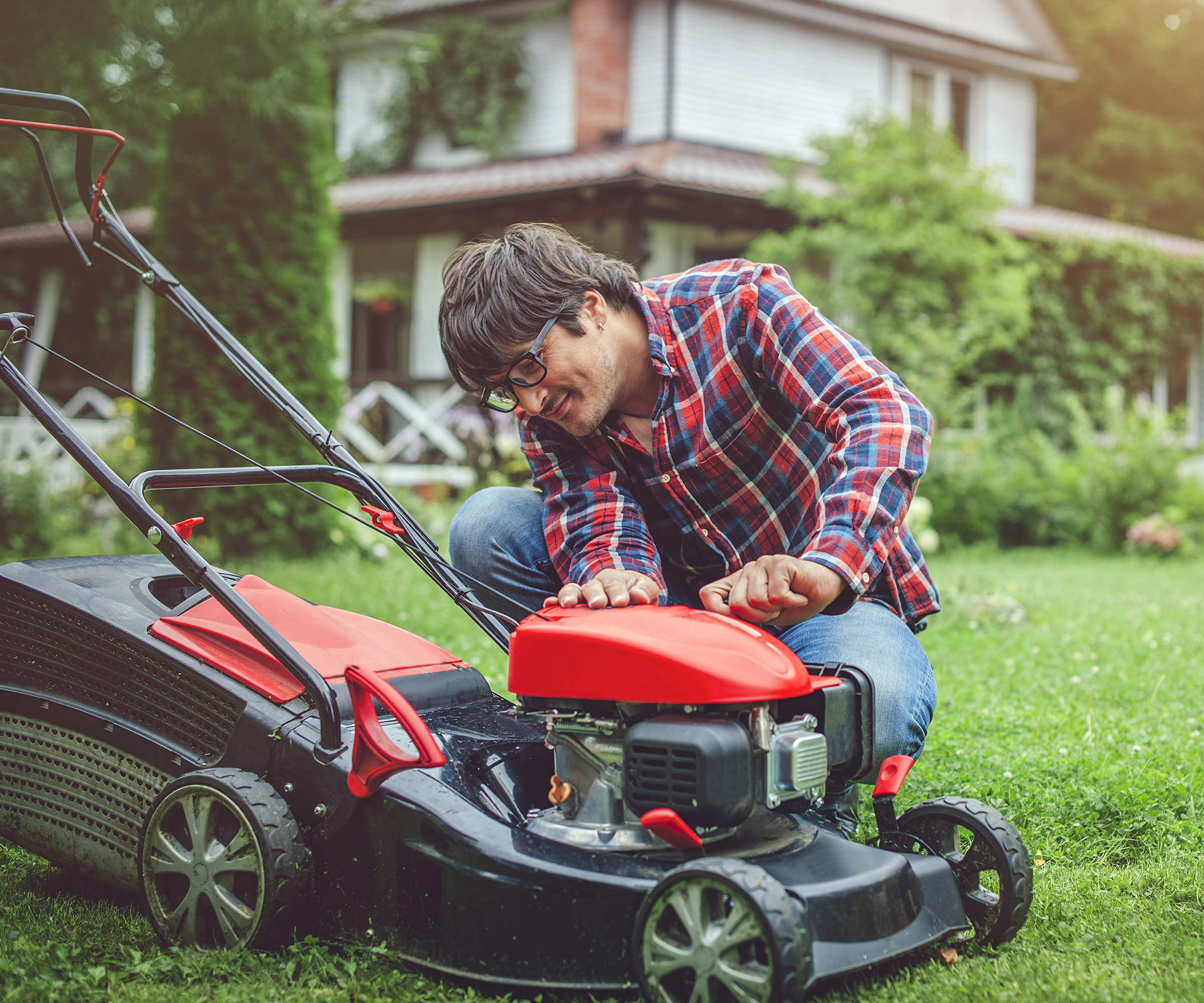
FAQs
What is the best treatment for a lawn?
Scarifying and aerating your lawn in spring is a great way to kick-start it for the year ahead. Doing this improves air flow to the soil and promotes fresh growth. Adding a lawn fertiliser can also nourish your lawn.
Staying on top of mowing and watering during dry spells will help keep your lawn lush and green.
If you've had an uphill battle with your lawn health and you just can't take any more disappointment. There are other options, such as replacing your grass with low-maintenance gravel garden ideas.

Teresa was part of a team that launched Easy Gardens in 2018 and worked as the Editor on this magazine. She has extensive experience writing and editing content on gardens and landscaping on brands such as Homes & Gardens, Country Homes & Interiors and Living Etc magazine. She has developed close working relationships with top landscape architects and leading industry experts, and has been exposed to an array of rich content and expertise.
In 2020 Teresa bought her first home. She and her partner worked alongside architects and builders to transform the downstairs area of her two bedroom Victorian house in north London into a usable space for her family. Along the way she learned the stresses, woes and joys of home renovation, and is now looking to her next project, landscaping the back garden.
